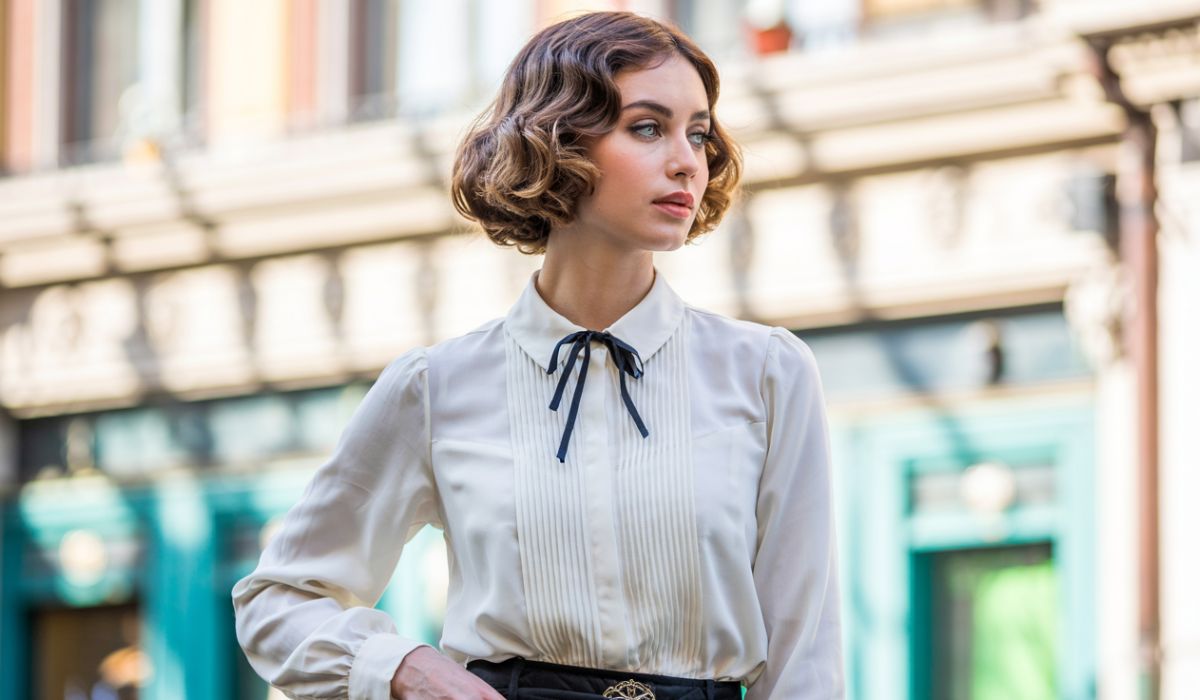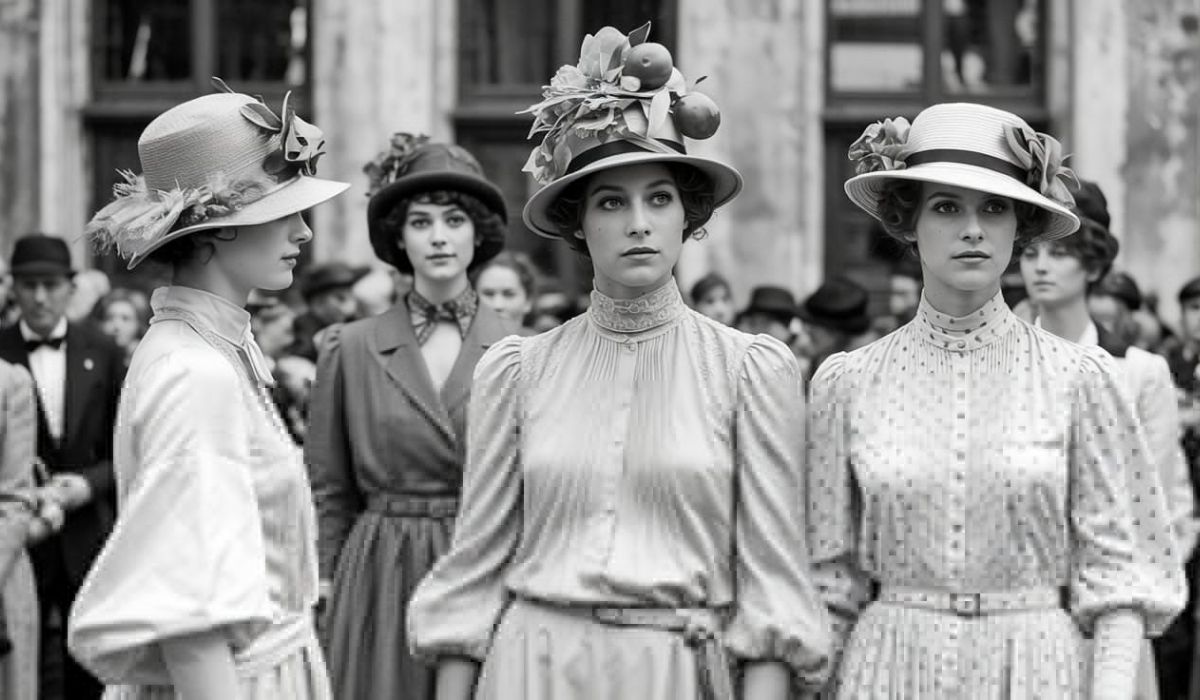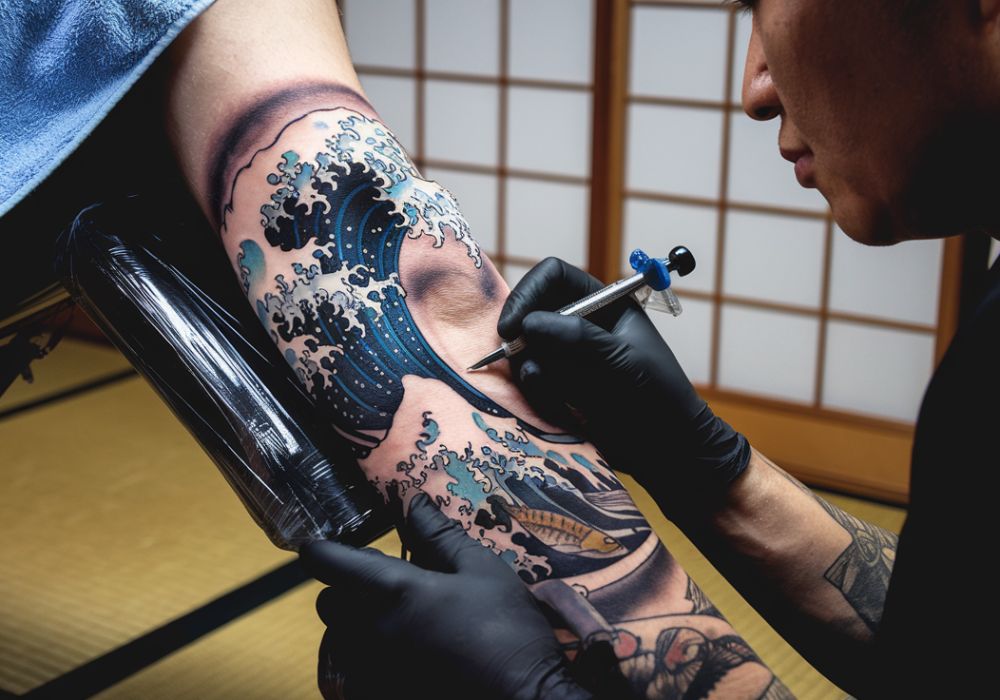Introduction
The 1920s was a revolutionary decade for fashion worldwide, and Italy was no exception. As the country emerged from the aftermath of World War I, its fashion industry underwent a remarkable transformation, blending tradition with modernity. Italian designers took inspiration from Parisian couture while incorporating their unique craftsmanship, luxurious fabrics, and artistic influences. But what exactly defined Italian fashion in the Roaring Twenties? How did social and cultural changes shape the style of the era? Let’s dive into the world of 1920s Italian fashion and uncover its legacy.
The Influence of the Roaring Twenties on Italian Fashion
The 1920s, often referred to as the “Roaring Twenties,” was a period of cultural upheaval and artistic expression. In Italy, fashion reflected these changes, embracing newfound freedom, relaxed silhouettes, and innovative designs. The era saw a shift from the rigid, corseted styles of the past to more fluid and liberating garments that suited the modern woman.
Women’s Fashion: A Shift to Modernity
The Rise of the Flapper Dress
The flapper style, popular across Europe and America, made its way into Italy. These dresses featured straight cuts, dropped waists, and intricate embellishments such as beads, sequins, and embroidery. They were designed for movement, reflecting the newfound freedom of women.
Fabrics and Patterns
Luxury fabrics like silk, velvet, and lace dominated Italian fashion. Designers incorporated Art Deco-inspired patterns, geometric motifs, and floral embroidery, adding a touch of opulence to everyday wear.
Accessories: The Final Touch
No outfit was complete without accessories. Women adorned themselves with pearl necklaces, feathered headbands, cloche hats, and gloves, giving an air of sophistication to their ensembles.

The Impact of Italian Art and Culture on Fashion
Italy’s rich artistic heritage significantly influenced its fashion scene in the 1920s. Designers drew inspiration from Renaissance paintings, classical sculptures, and the emerging Futurist movement. Futurism, with its bold shapes and dynamic aesthetics, found its way into avant-garde clothing designs, pushing the boundaries of traditional fashion norms.
Italian Designers Who Defined the Decade
Gabriele D’Annunzio and Fashion Influence
While primarily a poet and playwright, D’Annunzio had a deep appreciation for aesthetics, influencing the luxurious and decadent styles of the elite.
Salvatore Ferragamo: The Shoemaker to the Stars
Salvatore Ferragamo, a pioneering Italian designer, revolutionized footwear in the 1920s. His innovative shoe designs, blending comfort with elegance, gained popularity among Hollywood celebrities and the European aristocracy.
Men’s Fashion: The Era of Elegance and Sophistication
Classic Tailoring and Suits
Men’s fashion in 1920s Italy was synonymous with impeccable tailoring. Suits were characterized by high-waisted trousers, fitted jackets, and crisp white shirts.
Popular Fabrics and Colors
Wool, tweed, and linen were the preferred fabrics. While neutral tones dominated, occasional bursts of color, such as deep blues and greens, added vibrancy to men’s wardrobes.
Accessories for the Modern Gentleman
Accessories such as fedoras, pocket watches, and leather gloves were essential for the stylish Italian man, reflecting a refined sense of fashion.
The Role of Italian Textile Industry
Italy has long been known for its superior textile production. During the 1920s, regions like Florence and Milan became hubs for high-quality fabric manufacturing. The Italian silk industry, particularly in Como, thrived, producing exquisite textiles that were exported across Europe.
The Influence of Hollywood and Foreign Trends
With the rise of cinema, Italian fashion was influenced by Hollywood glamour. Actresses like Greta Garbo and Louise Brooks set trends that Italian designers eagerly adapted, blending foreign influences with traditional Italian craftsmanship.
Social and Economic Factors Affecting Fashion
Post-War Economy and Fashion Adaptation
Following World War I, Italy faced economic hardships. However, fashion remained a priority for many, with designers adapting luxurious styles into more affordable versions for the middle class.
The Changing Role of Women
Women’s newfound independence led to practical yet stylish clothing choices. Working women required comfortable yet fashionable attire, leading to simpler dress designs and practical fabrics.
The Role of Italian Designers
The Pioneers of Italian Fashion
While major fashion houses like Gucci and Prada had not yet become the global giants they are today, their foundations were laid during this period. Guccio Gucci established his leather goods company in 1921, focusing on high-quality craftsmanship.
The Influence of Futurism on Fashion
Italian Futurism, an artistic and cultural movement, also impacted fashion. It encouraged designers to experiment with bold colors, dynamic patterns, and unconventional materials.
Impact of Cinema on Italian Fashion
With the rise of cinema, movie stars became fashion icons. Italian actresses such as Lyda Borelli and Pina Menichelli set trends with their elegant yet dramatic fashion choices.
Footwear: The Beginning of Italian Shoe Mastery
Italy’s expertise in shoemaking also began to gain attention in the 1920s. Handmade leather shoes, known for their durability and elegance, became popular both in Italy and abroad.

The Influence of French Haute Couture
Despite Italy’s growing fashion scene, French couture remained influential. Italian designers often drew inspiration from Paris but added their signature touch of Italian craftsmanship.
Jewelry and Accessories: The Final Touch
Italian jewelry in the 1920s was characterized by intricate designs, influenced by Art Deco. Pearls, gold filigree, and gemstone embellishments were widely popular.
Conclusion
The 1920s was a defining decade for Italian fashion. It was a time when tradition met modernity, setting the stage for Italy to become a global fashion powerhouse. While still under the shadow of French couture, Italy’s commitment to quality craftsmanship and luxurious materials laid the foundation for the world-renowned fashion industry we see today.
FAQs
1. What were the key elements of women’s fashion in 1920s Italy?
Women’s fashion in Italy during the 1920s included flapper-inspired dresses with intricate embroidery, luxurious fabrics like silk and lace, and elegant cocktail dresses with sequins and metallic threads.
2. How did Italian men dress in the 1920s?
Italian men favored three-piece suits made from fine wool, often tailored for a sleek and elegant fit. Accessories such as silk ties, leather gloves, and pocket watches were also essential.
3. Did Italian fashion in the 1920s differ from French fashion?
Yes, while Italian fashion was influenced by French haute couture, it retained a unique identity with its emphasis on intricate craftsmanship, high-quality fabrics, and elegant tailoring.
4. What role did Italian designers play in 1920s fashion?
Italian designers in the 1920s began establishing their legacy, with pioneers like Guccio Gucci focusing on high-quality leather goods and tailored clothing.
5. How did Italian footwear gain prominence in the 1920s?
Italian shoemakers, known for their craftsmanship and use of fine leather, started gaining international recognition for their elegant and durable designs.
For More More Visit: Creative Blog

